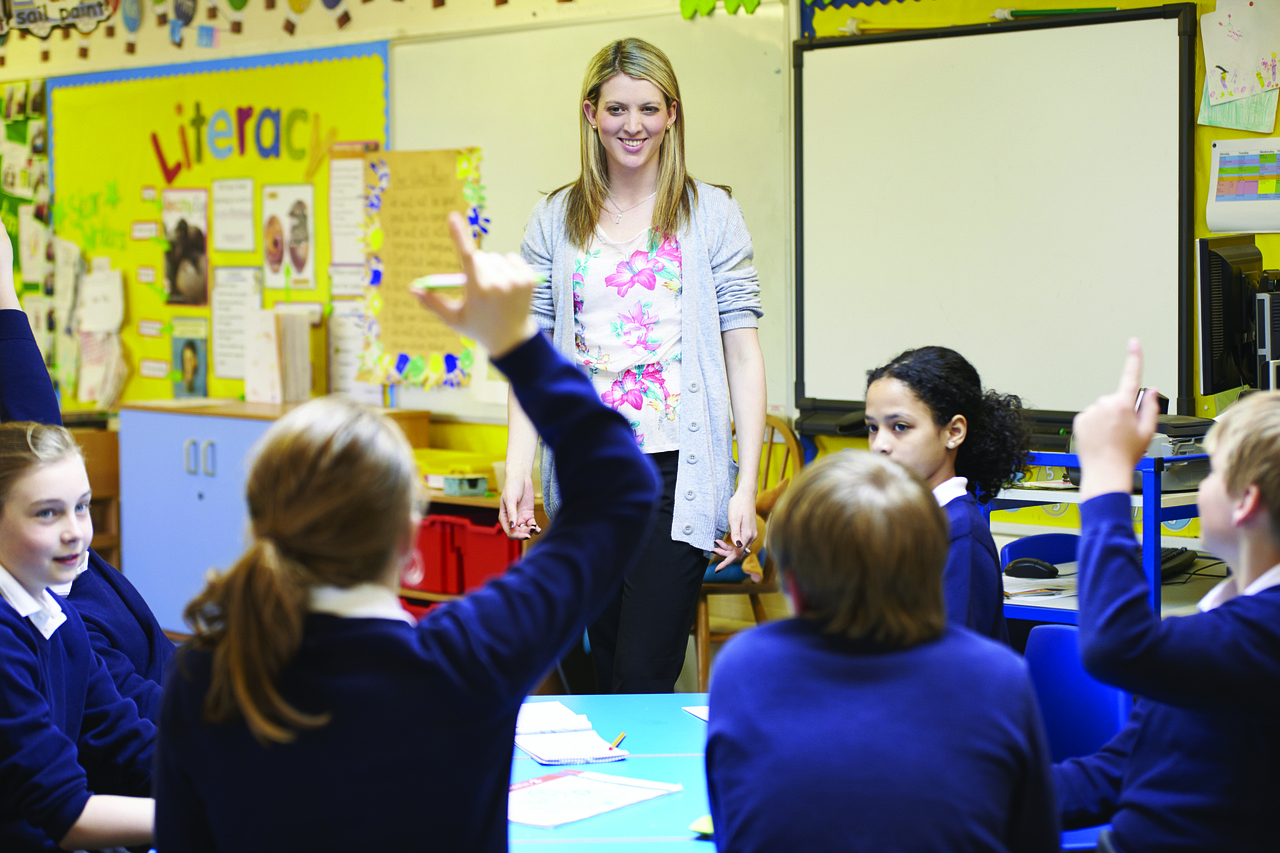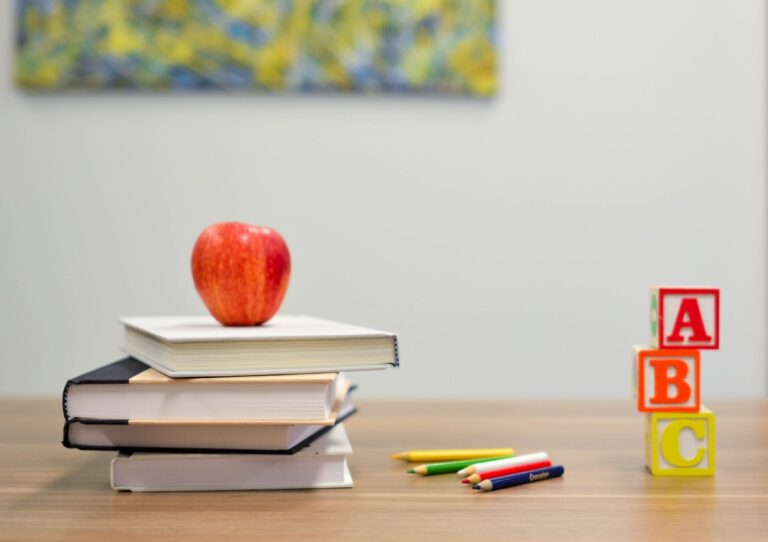We’ve previously discussed the several benefits of gamification in the classroom. Primarily from the standpoint of the student and their advantages. It is also worth highlighting the problems and obstacles that gamification presents to teachers.
To incorporate new solutions into the teaching/learning process, adequate time and dedication are required, as well as the willingness to learn something new yourself. Despite the numerous technologies presently accessible, there remains a barrier to adopting new ideas, including in the area of gamification.
Teachers do have a lot on their plates, and it can be tough to find time to learn new technologies and produce instructional materials with their assistance. However, practise demonstrates that the time spent preparing tests/materials is more than worthwhile. Once developed, the material can be reused with the same or improved content/scenario.
Teachers do have a lot on their plates, and it can be tough to find time to learn new technologies and produce instructional materials with their assistance. However, practise demonstrates that the time spent preparing tests/materials is more than worthwhile. Once developed, the material can be reused with the same or improved content/scenario.
A good teacher must also constantly develop and implement new solutions and tools in the teaching process to make it more appealing and effective, especially in a changing world – the advancement of information technology means that students’ expectations are now different than they were previously.

To pique students’ interest, you must follow them and provide knowledge in a way that grabs their interest and appeals to them. After all, whatever else we may assume, it is the teacher for the learner, not the pupil for the teacher…
A teacher who makes an effort to learn about and incorporate new solutions – gamification – into their practise will rapidly notice the benefits of their choices. The sight of kids who are attentive, focused, and even enthralled pays for the effort put in to prepare materials and courses in a novel, unusual manner.
The teacher’s passion and observation of his pupils’ own performance (particularly when compared to that of others) feeds into the teacher’s enthusiasm, who watches his pupils’ growth with bated breath, drawing him into the game.
Work assigned to students at the same time might range in content, form, sequence, and scheduling (which is especially useful when working with kids with special educational needs and students at various levels).
Furthermore, the instructor may not only monitor pupils’ present development, but also obtain reports and summaries of the impacts of the learning process. This allows for not only comparative studies, but also input on how and with which pupils to work in order to achieve the desired outcomes – which demands his/her special attention.
We hope that the above reflections, coming at a time when we are already in the process of testing the GDL project materials – the pedagogical sequences and explanatory tool sheets – will encourage you to reach out and try this game, which we have been enjoying for nearly two years!




